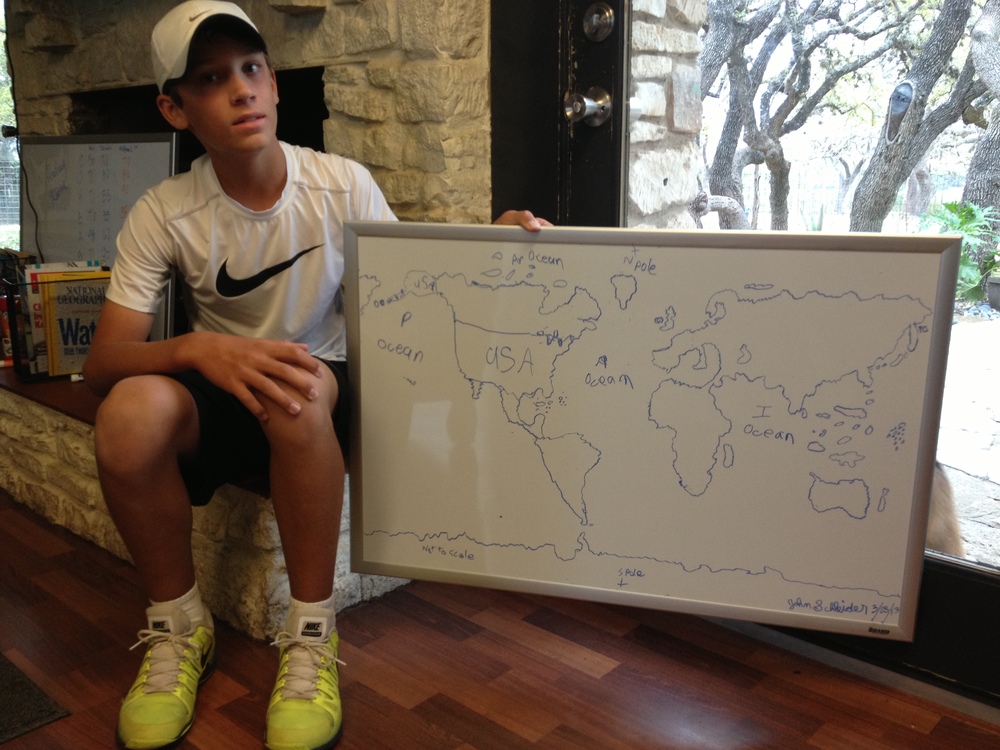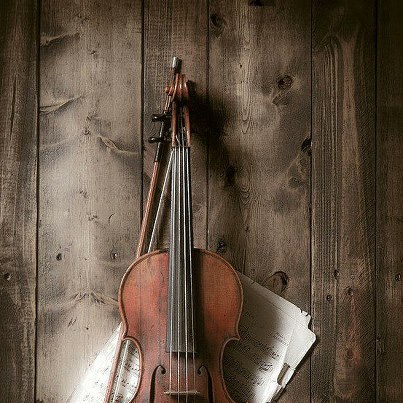What Happens at CP?
Today…
Two middle school students sit down in the Library in front of the white board and, by memory, hand draw a map of the world. Four others are outside wrangling the horses and learning how to manage not only large animals that are bigger and stronger, but how their own energies affect them, conquering fear and feeling compassion. A gap year student is teaching 6th grade math and designing projects to complete the year since they have completed the required curriculum 8 weeks ahead of schedule. Latin class is at Starbucks. A community member is requesting our upper level students to contemplate the meaning of money, responsibility, and what they will establish as their purpose moving forward in life… and then concretize this by defining and writing their plan. A few others are down at the court working on fine tuning backhands. In the sunshine room, students are studying independently and preparing for the World History class in which each student must research and co-teach a unit. A little while later, the geometry class approached me with a proposal to build a tennis ball launcher – comparing the cost, safety, and efficiency of a combustable vs compression model. And at lunch, CP students stuffed 300 plastic eggs for the JD Easter Egg Hunt, took an SAT vocabulary quiz, ate Shepherd’s Pie, and a few went to mentor lunches to discuss current projects. Then off to Chemistry, Calculus, French and Spanish…
… just a typical day.



